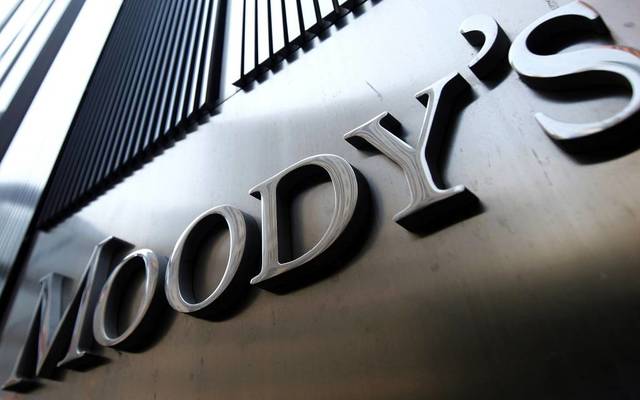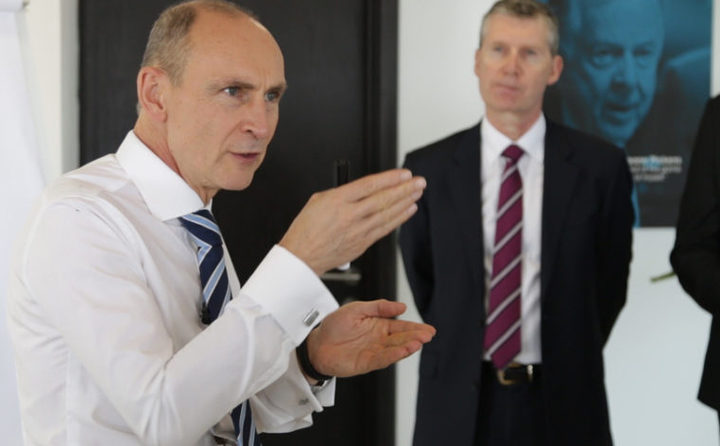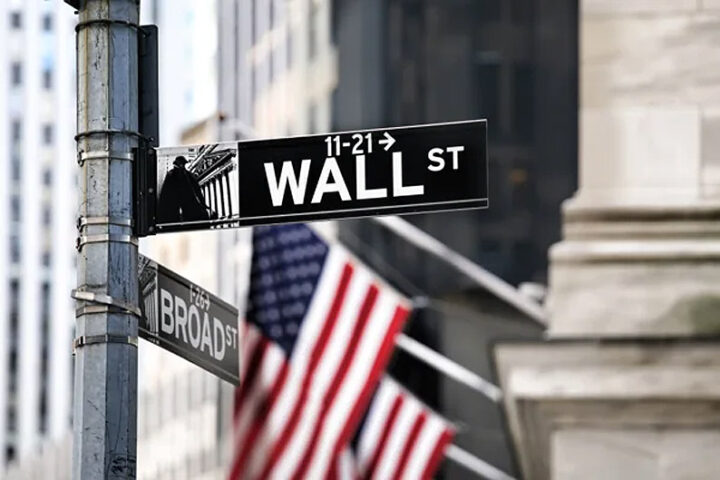By Moody’s Analytics
The details to April’s U.S. consumer price index were more favourable than the topline figure would suggest at first glance.
Excluding food and energy, the CPI was up 0.4% for the second month in a row.
On a year-over-year basis, the core CPI (seasonally adjusted) ticked down from 5.6% to 5.5%. However, the main culprit behind the stubbornness in core CPI inflation is used-vehicle prices, which surged by 4.4%, the first increase since June and the 11th-largest monthly gain on record.
The increase in used-vehicle prices, which added nearly 15 basis points to the April’s gain in the core CPI, was overdue.
Wholesale used-vehicle prices, which typically lead retail prices by up to three months, had steadily risen from December through March.
Consequently, used-vehicle prices will continue to apply upward pressure on the core CPI, but this is unlikely to persist much beyond the very near term. In April, wholesale used-vehicle prices fell 3.3%, their largest monthly decline since August. Meanwhile, the latest Senior Loan Officer Opinion Survey showed that over the first quarter banks further tightened their consumer lending standards for new and used autos, and auto loan demand weakened.
Therefore, the Federal Reserve would do well to look past April’s jump in used-vehicle prices and focus on the favourable developments within the core CPI. New-vehicle prices posted their first monthly decline since April 2021, as promotional dealer incentives are up 65% from their trough in September and domestic auto production improves.
More important, rent of shelter, which captures tenants’ rent and homeowners’ equivalent rent and makes up more than 40% of the core CPI, showed that previous signs of deceleration were not a fluke. The CPI for rent of shelter rose 0.5% in April, the slowest pace since January 2022. Also, year-over-year rental inflation peaked at a record high of 8.3% in March and is now edging lower for the first time since early 2021. Rents are considered to be sticky prices, so rental disinflation is forecast to persist into 2024.
Given their outsize relative importance, rents will drag meaningfully on year-over-year core CPI inflation, which is forecast to average 3.1% and 2.6% in the final quarters of 2023 and 2024, respectively, down from 5.6% in the first quarter of this year.
Fed Chair Jerome Powell has noted that the Fed is particularly keyed into core services excluding rent of shelter, as these are particularly labour-intensive industries, and the pace of wage growth is highly informative regarding price pressures within this component of the core CPI.
There were key pockets of softness within core services excluding rent of shelter. The CPI for rental vehicles fell 3.2%, building upon its 3.8% decline in March. The CPI for airfares was down 2.6% in April after rising 4% in March thanks to lower jet fuel costs and domestic airline capacity rising above 2019 levels.
Finally, the CPI for lodging away from home dropped 3% in April after advancing 2.7% in March. This was foreseeable, as nationwide average daily rates for hotels did not rise on a not seasonally adjusted basis as much as it has done in past Aprils.
Thanks to these areas of weakness, disinflation gathered speed within core services excluding rent of shelter in April.
Annualized over the past three months, the CPI for core services excluding rent of shelter was up 4.2% last month, down from as high as 9.4% in June. On a year-ago basis, the CPI for core services excluding rent of shelter was up 5.1%, the slowest since May 2022.
Sentiment darkens on Main Street
U.S.-based small businesses are becoming increasingly pessimistic about the economy. April’s Small Business Optimism Index from the National Federation of Independent Business retreated 1.1 points to 89, marking the 16th month that the index was below the 49-year average of 98. This is also the lowest reading since January 2013.
Main Street continues to struggle with high inflation and a shortage of qualified labour, though recent turmoil in the banking system has shaken confidence. As a result, most small business owners do not expect the economy to improve near term.
While sentiment surveys are limited as they rely heavily on the feelings of the respondents, the NFIB survey gives keen insight into how broader economic trends are impacting the top and bottom lines of small businesses.
Consumer demand is deteriorating as the labour market slows and higher interest rates hammer the economy. Most respondents report declines in sales and earnings, low inventory stockpiles, and restricted access to credit. In anticipation of an economic slowdown and possibly a recession, owners are adjusting their operational plans to weather the storm.
Current events are affecting how small businesses view the future. The net percentage of small businesses expecting sales and earnings to improve continues to deteriorate and remains firmly negative. As a result, inventory investment is low, and plans to increase inventory levels are firmly negative.
Slowing inventory investment by small businesses will almost certainly have negative consequences economywide.
The most important part of April’s report is the net percentage of small businesses claiming credit is harder to get. The failures of Silicon Valley Bank, Silvergate, and First Republic have shocked the banking system, and while the system as a whole is on solid footing, many banks are initiating protective maneuvers to ensure their fate is not the same as the three failed entities. Up until the banking crisis, banks had been meaningfully increasing lending standards.
This continued in the second quarter of 2023 as the net percentage of banks tightening lending standards on commercial and industrial loans for small customers increased to 46.7%. For context, during the Global Financial Crisis and the pandemic, this number jumped to more than 70%, and the lead-up was characterized by much steeper ascents. This is, nonetheless, significant for U.S. small businesses, which often rely on lines of credit to finance capital projects and inventories.
While most small-business owners are not interested in taking out loans, particularly given the sky-high prime rates, some may deem financing necessary. For those taking on debt, a net 6% reported in April that credit is harder to get than previously. This is a material improvement from March’s 9%, the highest since December 2012.
The three-month moving average of this series has been on an upward trend since March 2021. This coincided with an upward swing in the momentum of the net percentage of banks tightening lending standards for small-business customers, which occurred in the third quarter of 2021. While small businesses are having an easier time accessing credit than during the last two recessions, credit conditions are tightening quickly, and small-business activity in the economy will be restricted.
Expectations that credit conditions will ease are firmly negative. This will hold back economic growth as plans to expand and increase inventories are correspondingly weak.
Capital expenditure plans have held up but are on a slow downward trajectory.










